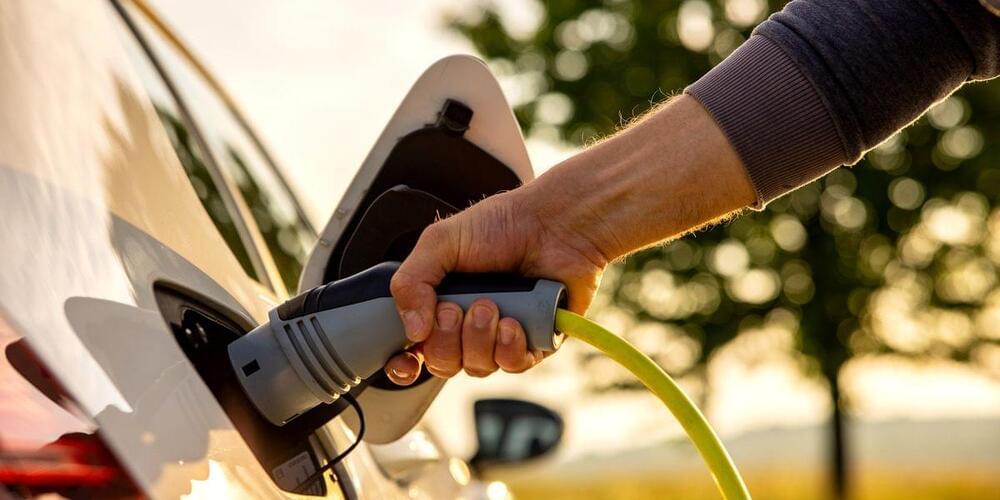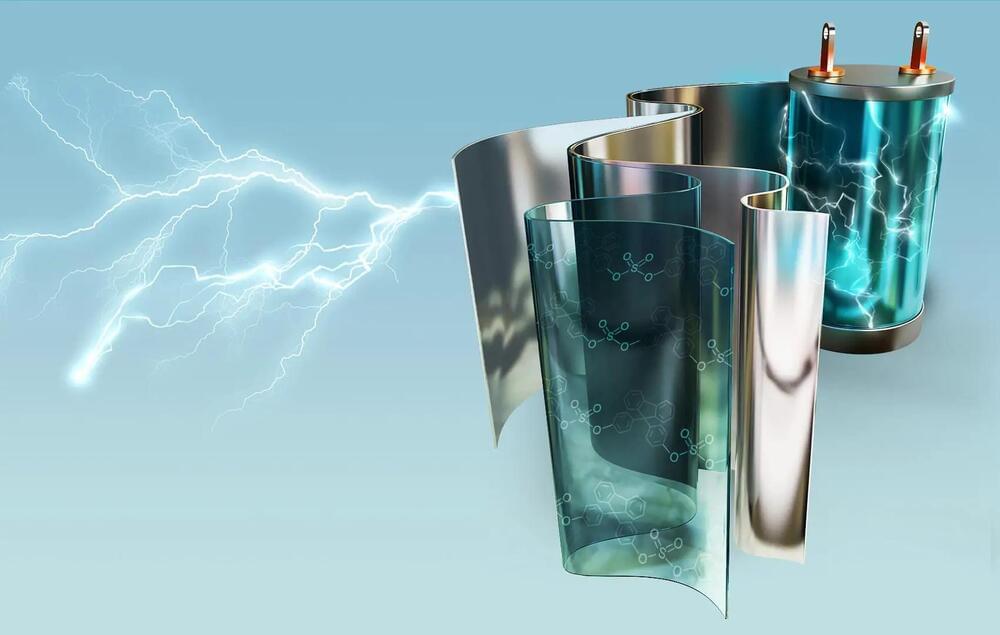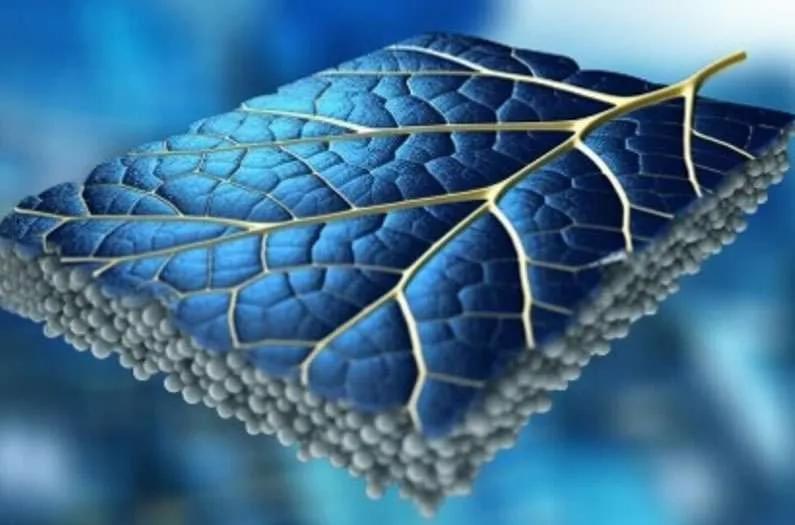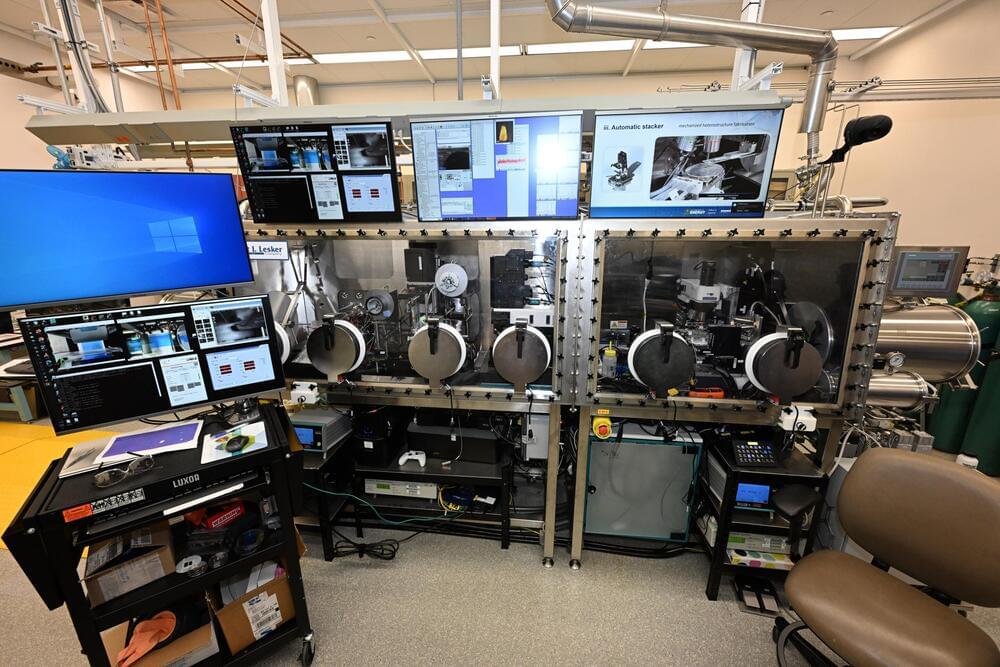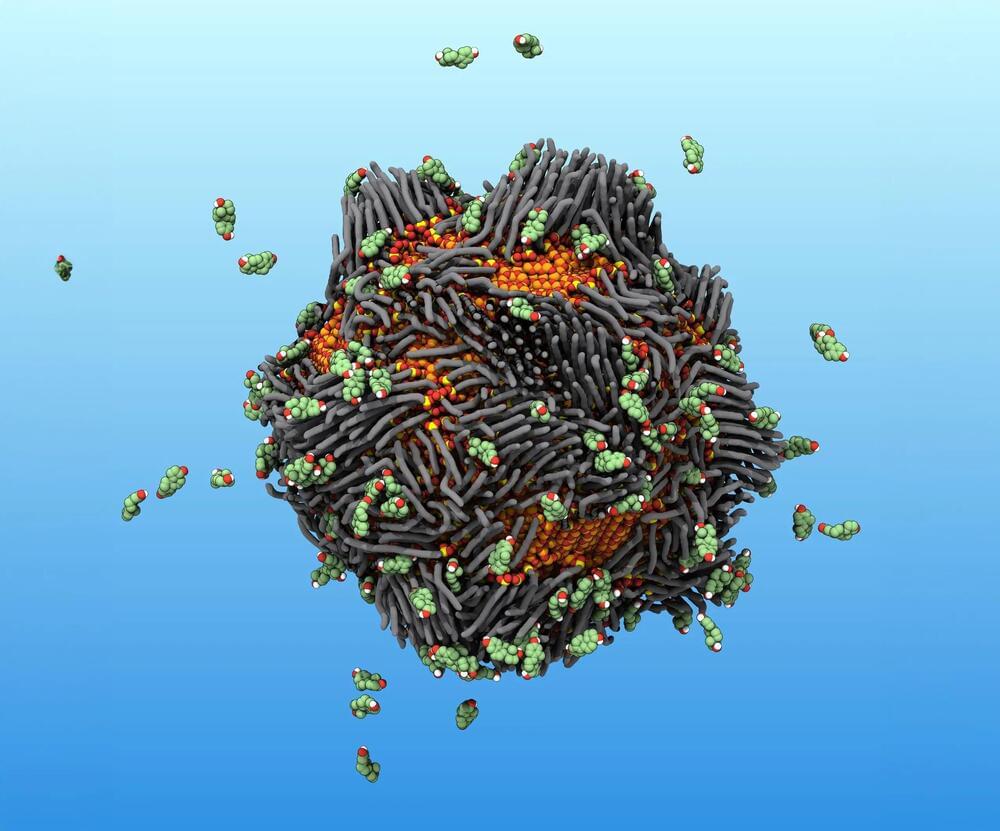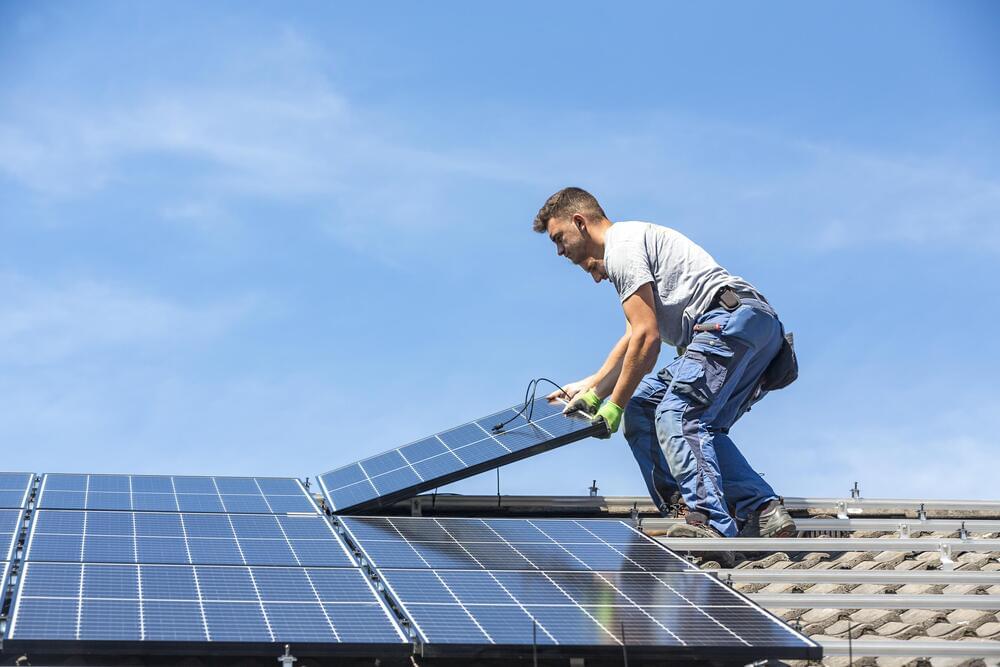Aug 23, 2023
Meyers Manx 2.0 Electric Buggy Pricing Announced, Starts At $74,000
Posted by Kelvin Dafiaghor in categories: sustainability, transportation
Meyers Manx, the original maker of the Volkswagen Beetle-based, fiberglass-bodied beach buggy from the 1960s, just published the starting price for its all-new, all-electric Manx 2.0 electric buggy, and it’s not exactly cheap.
Revealed last year at The Quail, A Motorsports Gathering, the company’s first all-new vehicle in nearly 20 years starts at $74,000 for the base variant with the 20-kilowatt-hour battery pack and yet-to-be-released performance figures. That’s almost as expensive as the recently introduced Tesla Model S Standard Range, which starts at $78,490 and offers a 320-mile range.
The base MSRP came with no extra information and was casually thrown in a sentence at the end of the press release for the company’s new Resorter Neighborhood Electric Vehicle (NEV), which debuted last week at The Quail, so we still don’t know how much the top-of-the-line model will set prospective customers back.

